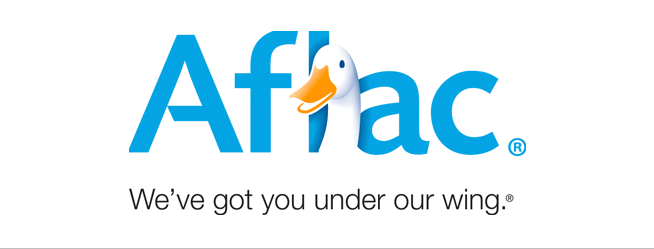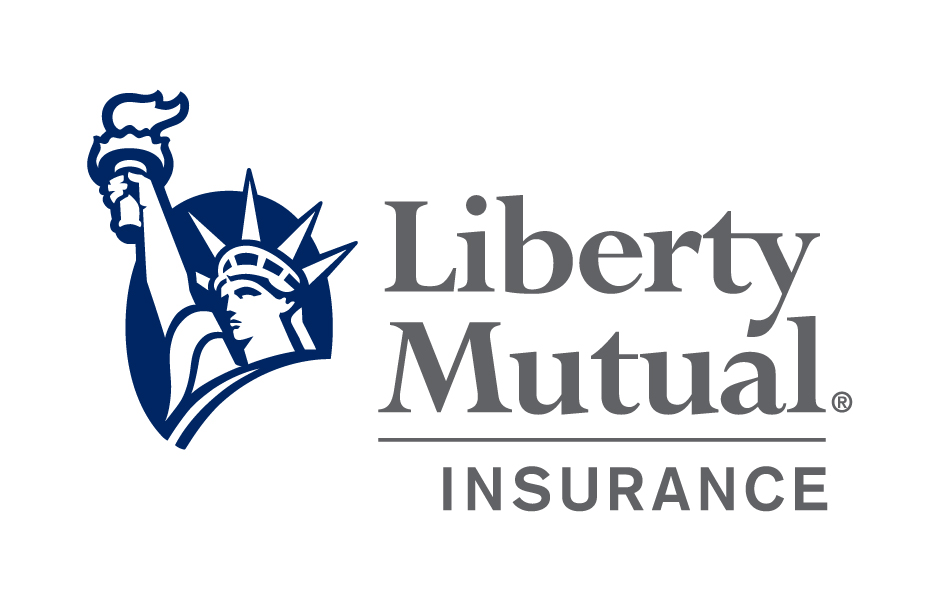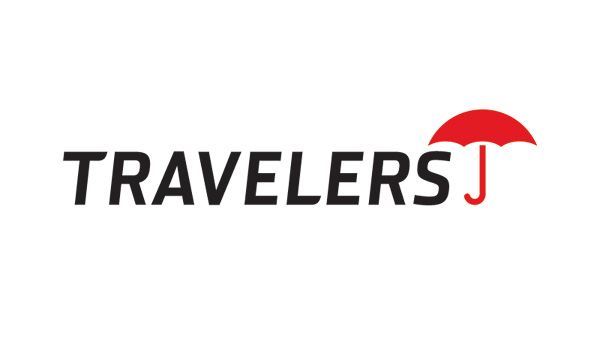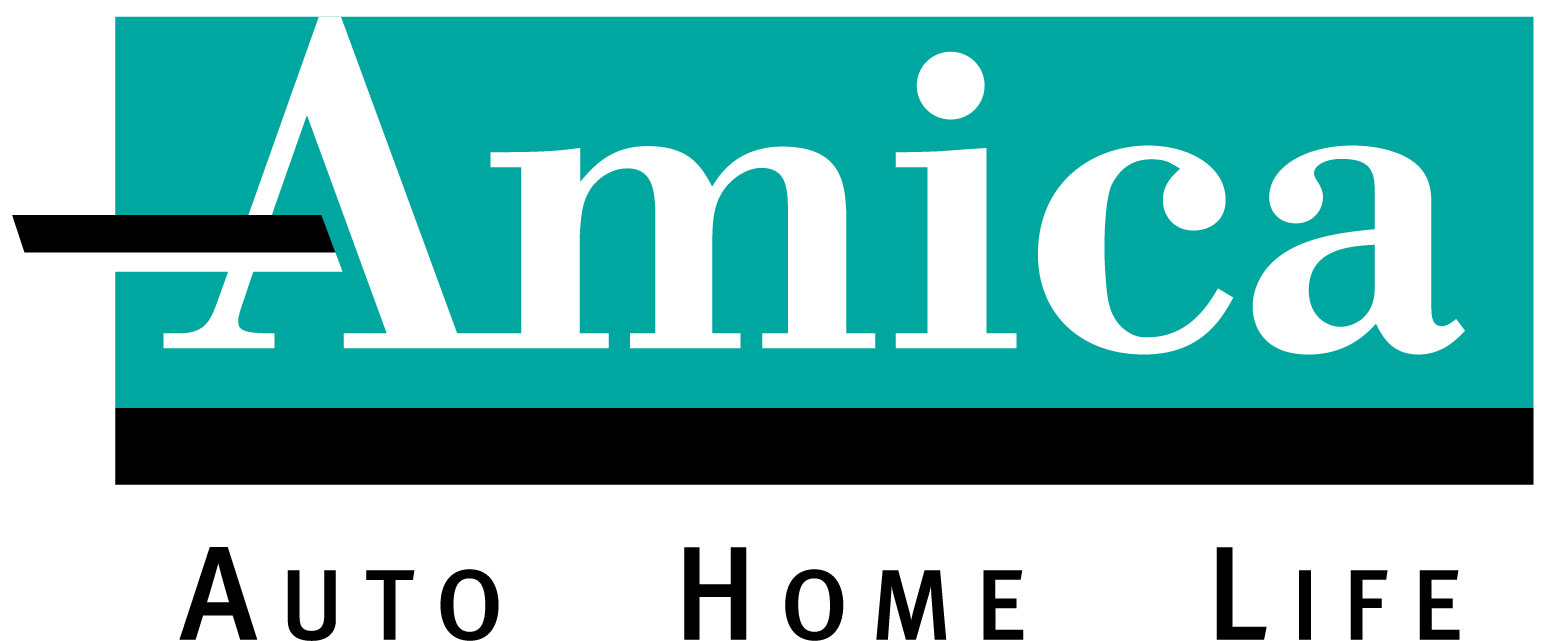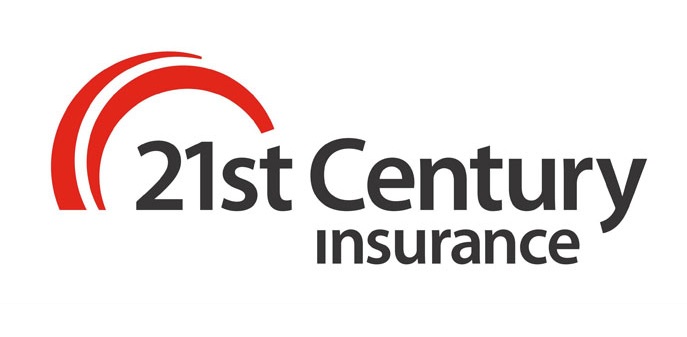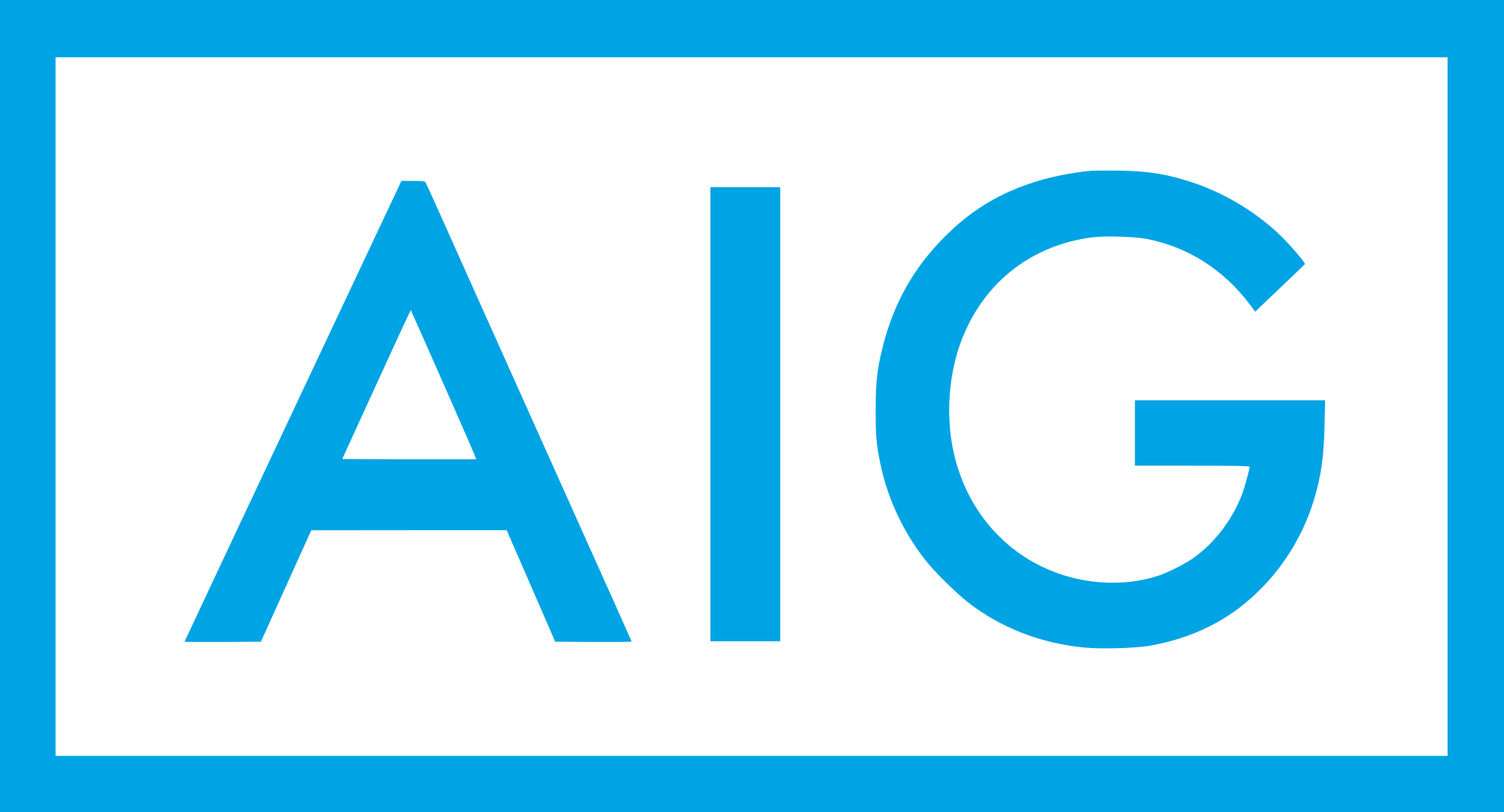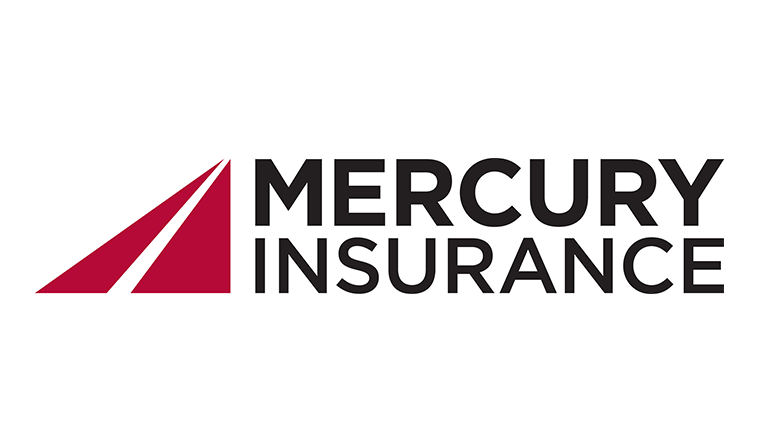In today’s economy, the less stress you experience, the better. One of the top stressors in life is financial security. It is essential that if something happens to a parent or loved one, the rest of the family will be covered. Life insurance is a significant investment decision. But, you may ask, what is life insurance? Why do people purchase a life policy? If you unexpectedly die, your life policy will provide money to your loved ones. This money could help financially support your family. There are plenty of reasons why people buy coverage.
The purchase of a life policy protects your family and home. A policy will provide your family with a safety net. With your policy, your family will not be burdened by debts. Next, a life insurance policy will help if you own a business. This is due to the policy allowing your employees and partners to keep the business running. Finally, you can use coverage to protect your heirs. For high net-worth individuals who have acquired high estates subjected to an estate tax, your policy will help your heirs pay the taxes instead of selling off assets. There are two major types of life insurance, term life, and permanent life. For most customers, term life insurance is the best choice. Help ease your mind. Get yourself covered with affordable coverage today.
Life Insurance Quotes
Many companies use life expectancy as the main factor when determining life insurance quotes. If any factors could shorten your lifespan, it will lead to a higher rate. The type of life insurance policy you decide on will also affect your quote rates. The two main types of life insurance categories are term and permanent. Shopping and comparing life insurance quotes will help you find better savings and the best coverage.
Here is a list of factors that companies take into consideration for life insurance:
- Your age
- Gender
- Smoker or Non-Smoker
- Any current health issues
- Family health history
Choosing a Life Insurance Policy
Term Life insurance
If you want essential protection, try checking out term life insurance. An accurate description is providing financial support to your surviving family members if you die suddenly. Your coverage for term life insurance will be based on a specific period and is presented at a lower cost than the other life coverage types.
However, most people are looking for a longer term for their life insurance. If you are one of these people, you want the opportunity to build value and spend more money. Therefore, receiving permanent life insurance is ideal for you. There are three main types of permanent life insurance.
Whole Life Insurance
A whole-life policy consists of cash value, death benefits, and fixed premiums. A whole life policy will be on a schedule. The policy will provide you with built value. This type of policy also guarantees premiums that remain the same. With whole life insurance, you can provide for your family once you are gone. Many people favor full life insurance due to its eligibility to build cash value. Also, your full-life policy will accumulate monetary value, increasing over time.
Policyholders are also allowed to borrow from their policy. The most common reasons to borrow are to pay for college, add to retirement income, or provide extra cash for emergencies. Whole-life policyholders are also allowed to receive dividends. All dividends received with your policy are eligible to increase protection and your earned cash value.
Universal Life Insurance
Whole-term and Universal life insurance policies have similarities. Being able to tell the difference between the two types of coverage is critical. Both whole life and universal are permanent policies that last a lifetime. No expiration date. Both approaches are also able to accumulate cash value. The main difference between the two is while whole life features fixed premiums, the universal policy offers flexible insurance premiums. These flexible premiums help policyholders by allowing them to adjust how much they want to pay each year.
A universal life plan might be a top contender for you if you enjoy these things:
- The ability to adjust premiums and your coverage amounts
- The ability to increase cash value that you can borrow from while still living
Variable Universal Life Insurance
This policy is considered to be flexible. Variable universal life insurance will combine your coverage and provide you with an investment opportunity. This policy offers Death Benefit Guarantee Options. You are guaranteed to receive a minimum death benefit with Death Benefit Options. This is no matter what your status of investment performance is. However, the minimum requirements of the policy must be met. The cash value of this policy can help with many different things, such as purchasing that vacation home, giving your child an appropriate education, or perhaps paying for health care. You will have complete access to your money through withdrawal and loan options. With this policy, you can:
- Determine how to invest the cash value of the policy.
- Change and select your death benefit amount and your option. This is based on your policy provisions.
- Decide to make higher payments or lower premium payments.
- Utilize cash to meet your goals financially.
- Be able to transfer funds between your investment options.
Remember that variable life insurance could be an excellent choice if you completely understand the risks of investing. Coverage laws are regulated at the state level.
California
Here are a few critical life insurance laws valid in California. If you purchase a policy, the law allows you up to 10 days to change your mind. The policy purchaser can cancel the coverage within this time frame and receive a complete refund. California also allows a grace period. The grace period allows you to make up for a missed payment 30 days after it was due to avoid cancellation of your policy. All California companies must also pay out on claims within 30 days of a reported death.
Texas
Texas also provides its very own list of policy regulations for the state. The state also allows a grace period. This period allows for a 30-day minimum if a premium is missed before coverage is lost. There is no free look in Texas. The free look period enables the policyholder to review a policy for a set number of days after the delivery of the policy before final payment. Life insurance claims in Texas are settled quickly and fairly. All claims must be processed within 15 days of the company receiving the paperwork. If the insurance claim takes over 60 days to be paid, Texas will require interest on the claim and then be given to beneficiaries.
New York
The free look period in New York is when a new policyholder has to review and experience their policy before signing and finalizing. This period in New York is set to 10 days. Therefore, new York residents have ten days to implement their new policy. In addition, the grace period for late payments in New York is 31 days. Therefore, residents have 31 days to make up for a missed payment.
Illinois
The grace period for Illinois is 30 days. Policyholders have 30 days of coverage after missing a payment. The free look period in Illinois is ten days. The free look policy starts at the delivery of your life insurance policy. During your free look time, you, as an owner, can return the policy and receive a full refund from the company. Your company cannot charge fees for a free-look policy.
Pennsylvania
The state of Pennsylvania also practices the free look policy. Pennsylvania also practices the grace period. The company must pay a death claim during the grace period if the insurer dies.
Ohio
Ohio life companies do not legally allow free look periods. However, due to company policies, most companies will allow a free look period. Be sure to ask your insurer if the free-look policy is available. Within two months, life insurance claims in Ohio must be paid. The timely payment of claims ensures you, as a policyholder, will get money in as soon as possible.




